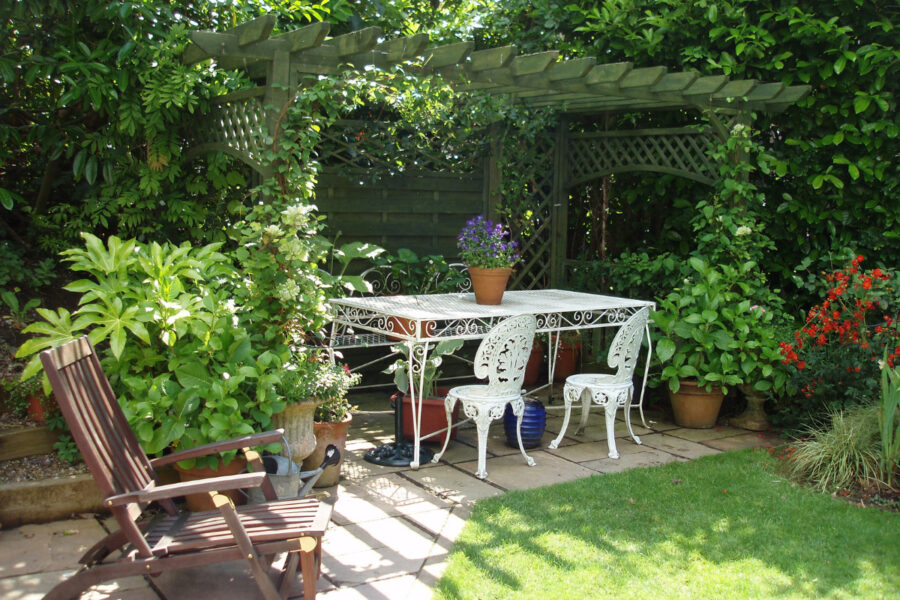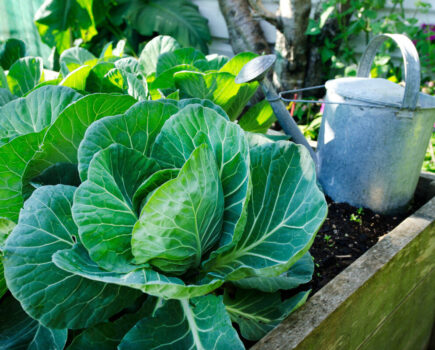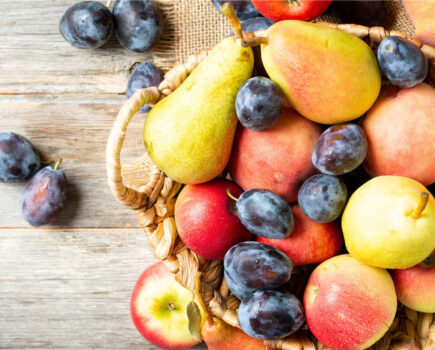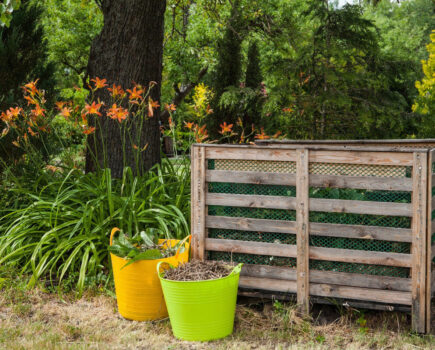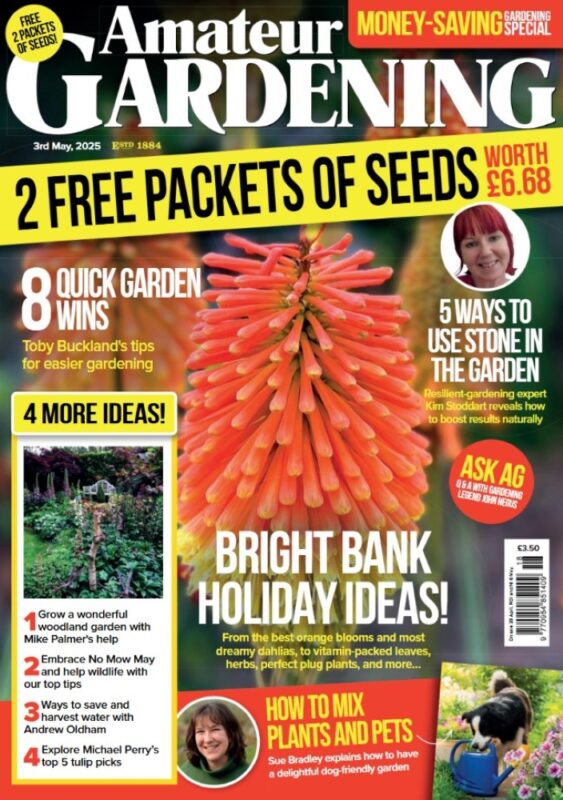Bob reveals which crops can and can’t be successfully grown without full sun
All gardens have shady parts. Areas hemmed in by buildings, massive trees or hedges may be shaded throughout much of the day. Provided you keep the soil moist enough, it’s fairly straightforward to make an attractive ornamental area using shade-tolerant plants, ferns and so on.
However, we always insist, quite rightly, that productive areas (especially vegetable plots and greenhouses) must be situated in the sunniest spots. The problem in practice is that even those places, the sunniest positions, likely still translate as ‘spots with least shade’. Simply because in an enclosed garden, everywhere else is even shadier still.
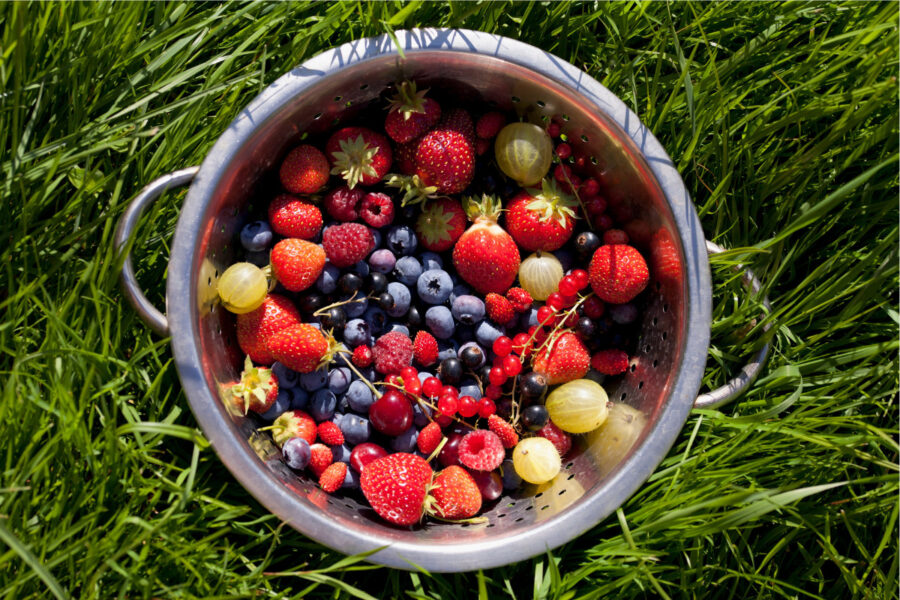
With less sun, we can forget about growing most of the tender crops such as tomatoes, French and runner beans, and sweetcorn. It’s not so much they won’t grow at all, it’s that they will do so poorly – which is a waste of time when there are better alternatives.
The squash, courgette, pumpkin family are all sun-lovers so also do poorly in shade, especially the butternuts, though all these may be trained up strings or nets into the brightest light to crop. Also, if you invest in a hot bed or soil-warming cable and a cloche you can grow the newer, all-female, pest and disease resistant mini-cucumbers which are remarkably tolerant and productive all-round.
It’s best to grow what you know will work well
Salad crops generally need to grow fast or they may be tough and bitter, so shade does not suit these, except in mid-summer. Don’t try for full-size lettuce, nor the loose leaf cut-and-come-again varieties, but concentrate instead on salad leaf mixes cut when only inches high and sown in many batches a week or two apart.
Onions, garlic, shallots all fade in shade, however chives may thrive and leeks can grow if slow.
Root crops such as carrots, turnips, parsnips do less well the shadier it gets, so will crop but prize winners are unlikely. It’s worth trying several varieties to find which suits your other conditions despite the shade, as these vary tremendously.
Brassicas are not happy in shade, especially the more highly-bred cauliflowers, calabrese and broccolis, but kales, sprouts and cabbages (especially those that take longer to mature) can still provide fair crops.
Potatoes don’t do well, often getting long lanky foliage and poor crops, however those with the very longest growing period will crop fairly well – that currently means ‘Sarpo Mira’ as it’s the most blight resistant sort I’ve yet trialled, and soldiers on weeks or even months after all others succumb.
Fruits offer a lot more choice and reliability
However it might surprise you that your best crops may not be vegetables but fruit. The currants are woodland’s edge plants so they cope well with light shade, especially blackcurrants.
Strawberries do well, raspberries more so, and hybrid blackberries especially the Tayberry can crop though not heavily unless moist. Most surprisingly, several varieties of pear, and best of all, Morello cherries, can be grown in shade, even on a north wall though naturally giving later crops. Go on, get a Morello, and it’ll be easy to net grown against a wall!
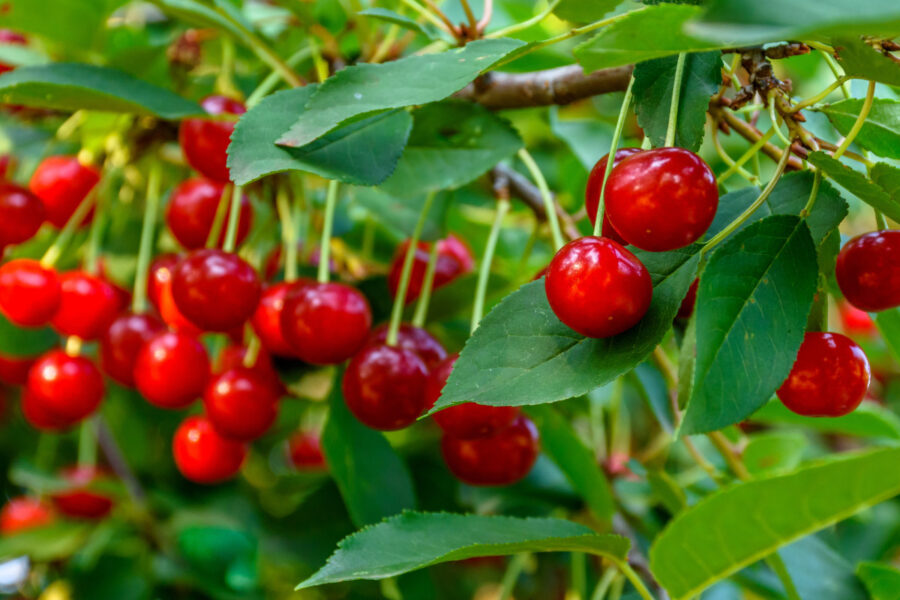
Bob’s latest volume AutobyBOBraphy, Vin dangereux is out now and contains a wealth of information about vines, wines and pruning and some very bad bilingual puns. For more information see www.bobflowerdew.com
Find more tips, advice and articles like this at the Amateur Gardening website. Subscribe to Amateur Gardening magazine now

